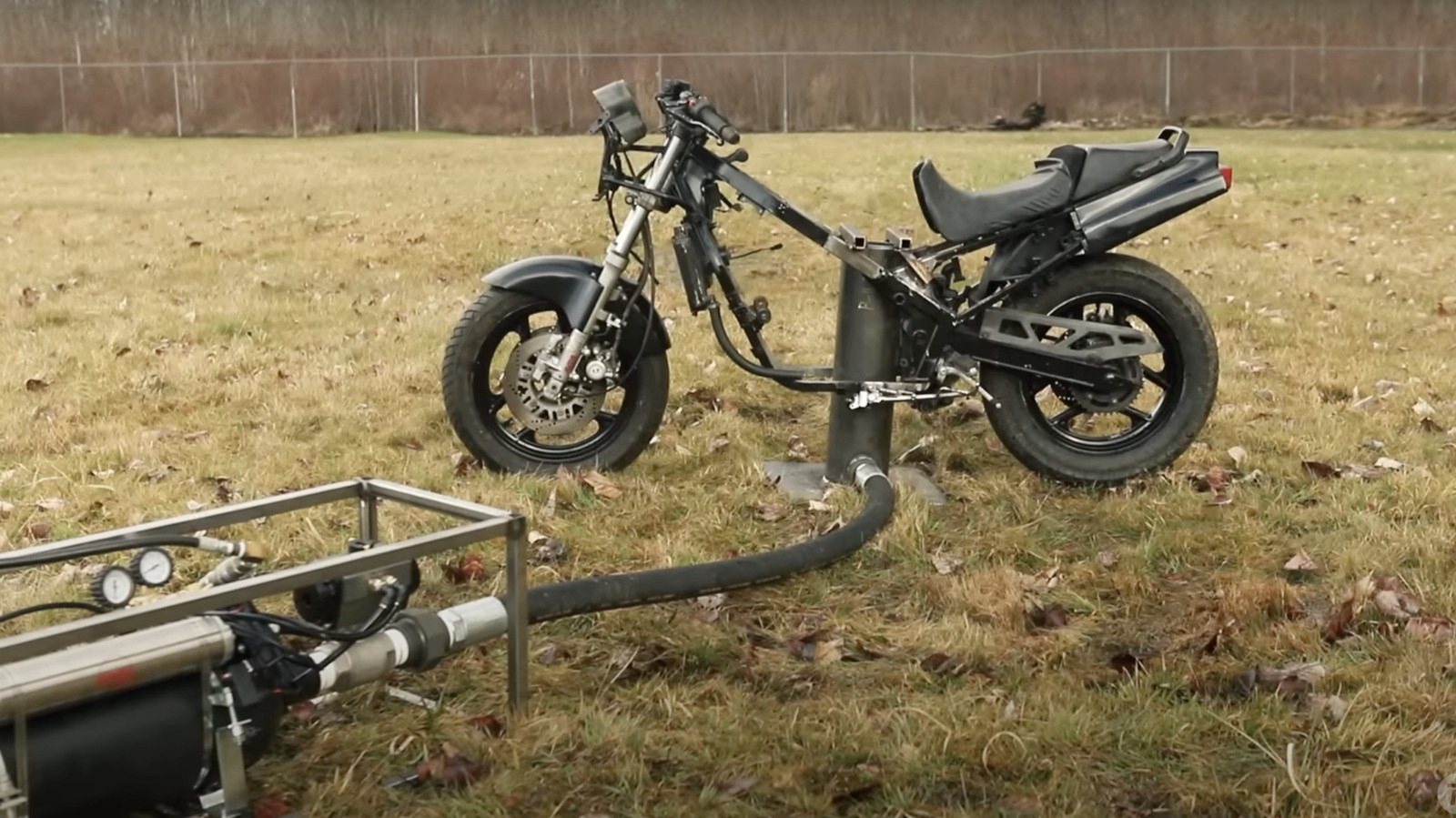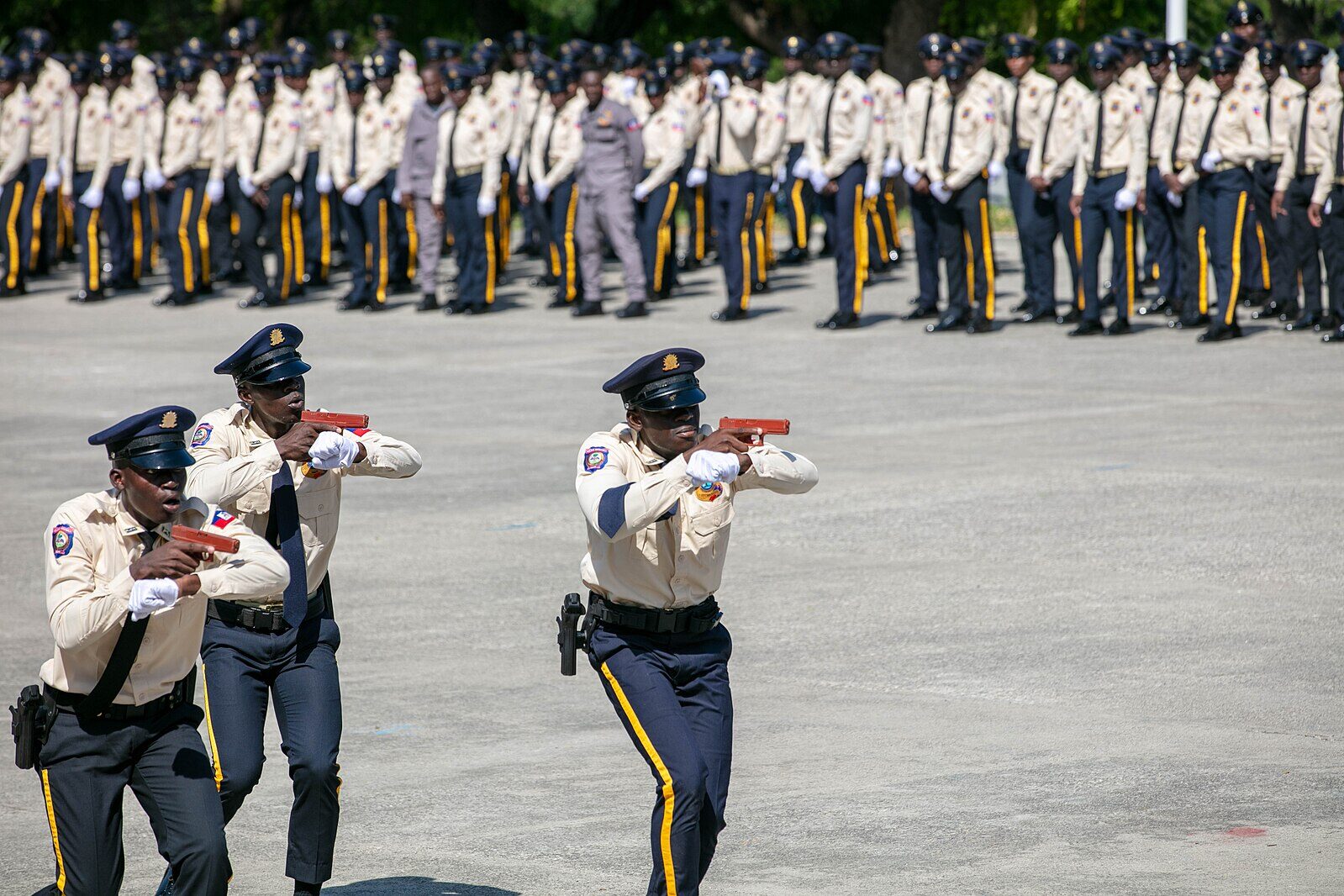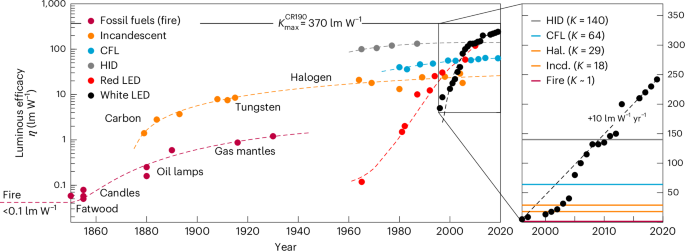Cut Army structure, not Army end strength
John Ferrari in this op-ed recommends cutting Army structure by another 20,000 spaces while keeping the same number of troops in order to improve readiness.


Soldiers and retired Soldiers from the 89th Military Police Brigade participate in and watch the 64th MP Company, 720th MP Battalion, inactivation ceremony Jan. 16th, 2024, at Fort Cavazos, Texas. (U.S. Army photos by Sgt. Alexander Chatoff)
The Pentagon should soon send Congress its “skinny budget,” which is an outline of what it intends to spend, but without specific funding tables. Since the new administration has taken control of the Pentagon, proposals including eight percent budget trims, trillion dollar budgets, and major weapon cancellations have dominated the news. Much less discussed is a reported — and disputed — proposal to cut Army end-strength by up to 90,000 troops.
Across the services and in the Army, it’s time for realignments in operating dollars, weapon systems, research, capabilities, and posture. But those realignments should make the Army more capable and prepared, not less. While the Army needs to transform, the new administration should avoid reducing end strength in a short-sighted move to reduce costs.
Secretary of Defense Pete Hegseth is rightfully focused on the readiness of the force. History is replete with examples of unready Army forces being killed in the first battles of wars. From Kaserine Pass, to Task Force Smith, to the Iraq Insurgency, we know that unready forces, including undermanned units, risk more casualties and a higher chance of losing. The state of the Army is not as dire now as it was then, but there are cracks already showing. And while no president comes into office hoping for war, but when war finds the president, the defense secretary owes the president and the American people formations ready to prevail.
For the Army, the main threat to readiness is the disparity between end strength, the actual “faces” in the Army, and force structure, the number of jobs or “spaces” in the Army. A force is considered “hollow” when it lacks the number of “faces” needed to fill all its “spaces.” Today, in the Army, the force structure is about 470,000 spaces but it currently has an active end strength of under 450,000 soldiers. That 20,000 space gap is the definition of unreadiness, and something needs to be done to prevent unneeded losses. The Army would obviously prefer to grow its end strength to solve this problem, but the current recruiting environment and probable levels of funding takes that option off the table.
On first glance, one could say that the structure should be cut by 20,000 to make the end strength and structure match. But that would not fully solve the problem, because Army personnel are constantly in motion, moving, sick, or in school, all leaving “holes” in formations. As such, the secretary of defense should direct that all Army units be manned at 105 percent of authorized strength, to ensure that required numbers of “boots” are actually in the formations. That would entail cutting structure by another 20,000 spaces, for a total reduction of 40,000.
This would put Army end strength, or “faces,” at 450,000 with the force structure, or “spaces,” at 430,000. Within that 430,000 structure, the Army will need to move and accelerate capabilities to create more drone and electronic warfare units, more “Golden Dome” units, and others.
Another reason to not cut the Army’s end strength right now is that our adversaries are watching. While fixing shipbuilding, building the Golden Dome, and building the munition stockpiles are absolutely needed, they will take time, probably longer than the 3.5 years remaining in the administration. T.R. Fehrenbach said it best, and as one sees in Ukraine and the Middle East, “you may fly over a nation forever, you may bomb it, atomize it, pulverize it and wipe it clean of life. But if you desire to defend it, if you desire to protect it, if you desire to keep it for civilization, you must do this on the ground the way the Roman legions did . . . in the mud.”
When you need Soldiers, as we learned in Iraq in the early-2000s, “You go to war with the army you have, not the army you might want or wish to have at a later time.” In this global threat environment, we need to avoid ending up in scenarios in which we really wish we had a more ready and capable Army.
The president and the secretary of defense need options, and options have value. Army force structure can be rebuilt quickly if the Army has soldiers. Army end strength cannot be rebuilt quickly, as the Army learned it its Vietnam experience of “shake and bake” non-commissioned officers.
With a new topline approaching $1T for national defense and with the Army providing cuts to civilian personnel, weapons, and other lower priority programs, the Pentagon should absolutely continue to increase readiness, but they should do it by cutting the force structure, not the end strength.
Retired US Army Maj. Gen. John G. Ferrari is a senior nonresident fellow at AEI. Ferrari previously served as a director of program analysis and evaluation for the service.






















































































































![Why Did Tesla Stock [TSLA] Rise Again?](https://cleantechnica.com/wp-content/uploads/2025/04/Screenshot-2025-04-10-at-3.31.36 AM.png)































